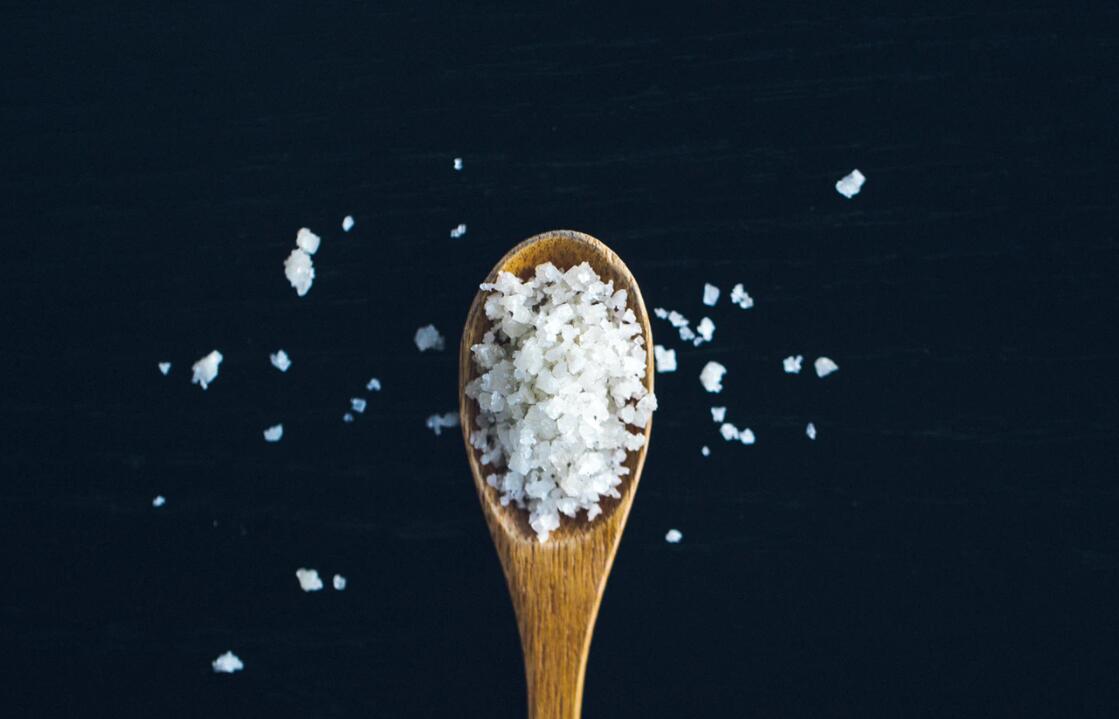Since Chinese power battery giant CATL announced two months ago that it would launch sodium-ion batteries, the new technology has been the focus of discussion. In the view of analysts, the technology has a good opportunity to grow.
In an era of the energy revolution, sodium-ion batteries are expected to accelerate adoption due to their clear advantages in terms of resource quantity and cost, according to a research note issued Monday by CITIC Securities analyst Song Shaoling's team.
In the next few years, with increased investment and industry chain improvement, sodium-ion batteries are expected to achieve commercial applications in energy storage and other fields, forming a certain complement to mature energy storage technologies such as lithium-ion batteries and lead-acid batteries, the team said.
The abundance of sodium ions, the main charge carrier of sodium-ion batteries, is about 2.36 percent in the earth's crust, much higher than the 0.002 percent of lithium ions, the note said, adding that various countries can use seawater to prepare sodium salts.
The sodium ion compound is highly accessible, so the price is stable and low, about RMB 250 ($38.6) per ton, 1/50th the price of battery-grade lithium carbonate, the team wrote.
According to sodium-ion battery company HiNa Battery, the BOM cost of sodium-ion batteries is about 30 percent lower than that of lithium batteries, the note mentioned.
With the cost advantage, sodium-ion batteries are expected to be commercialized in scenarios such as energy storage, construction machinery, communication base stations, and two-wheelers with lower energy density requirements, the team said.
Robin Zeng, the founder of Nio and Tesla's battery supplier CATL, said at a shareholder meeting in May that the company will release sodium-ion batteries around July of this year.
Last year, CATL laid the foundation stone for its 21C Innovation Lab in Ningde, Fujian province, with an investment of RMB 3.3 billion to focus on the development of next-generation batteries, including lithium metal batteries, all-solid-state batteries and sodium-ion batteries.
The sodium-ion battery that Zeng says will be released soon could be from this lab.
Sodium-ion batteries work mainly by moving sodium ions between the positive and negative electrodes, similar to how lithium-ion batteries work.
In June 2018, China's first low-speed electric vehicle with a sodium-ion battery provided by HiNa Battery was demonstrated on the campus of the Institute of Physics of the Chinese Academy of Sciences.
It is worth noting, however, that the current energy density of sodium-ion batteries can only reach 120 Wh/kg.
Chinese battery company Farasis Energy said on April 1 that it had developed and validated a next-generation electric vehicle battery with an energy density of 330Wh/kg.
(Photo source: Unsplash)

